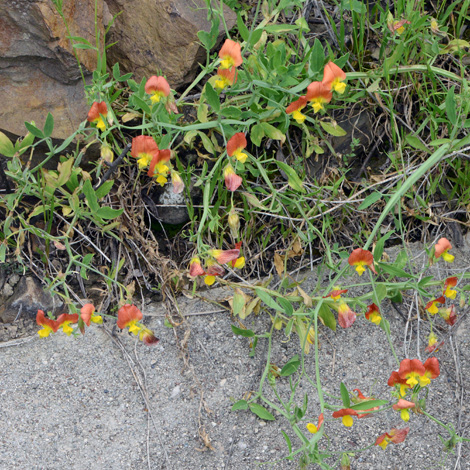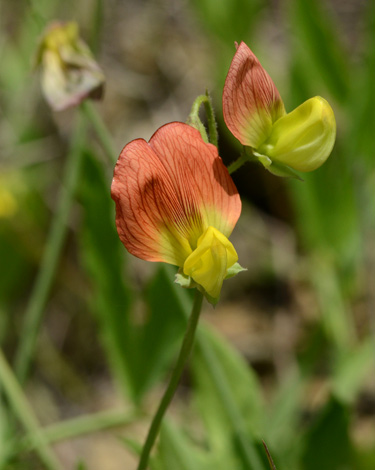Lathyrus belinensis Belin Pea Endemic


Roadside en route to Mount Olympos Mountain Lodge (our Hotel) Anatolia, Turkey 4th April 2015
On our way from one Hotel to the next during this Green Tours botanical holiday in Turkey, the conversation turned to tea drinking. Our Turkish leader Seda, explained that some teas were quite bitter while others were sweet. She said that the teas most favoured by people in Britain were bitter and that was why we had the habit of taking milk with our tea. This seemed strange to me. Surely we, the British were the most knowledgeable and experienced tea drinkers in the known universe and what on earth was a "sweet tea" anyway?
Our guide said we could find out by tasting and shortly there would be a roadside stop where tea is usually served. We stopped and she ordered the local tea which was served without milk or sugar in tiny cups. It was utterly delicious! What have we been drinking all these years at home? I conclude I know nothing at all about tea drinking.
Of course a refreshment stop means we had to mooch around the land nearby to look for plants and that is where we found this beautiful orange and yellow pea plant. There was plenty of it there and it straggled across a ditch and even onto the concrete at the side of the main road. I took quite a few photos which turned out well and as usual put them in my library waiting to be put on this web site some time in the future. Putting just one on site takes over an hour and I'm not as quick as I used to be.
On researching something about Lathyrus belinensis it turns out to be very rare, endemic and found in a very small area of Turkey only about 2 km square. It wasn't even known to science until 1987. The paper announcing its discovery by Ayse Kitiki (Aegean Agricultural Research Institute), Bob Allkin (RBG, Kew) and Nigel Maxted (University of Birmingham) was published in 1988 (N. Maxted & D.J. Goyder 1988 A new species of Lathyrus sect. Lathyrus from Turkey. Kew Bulletin 43(4): 711-713). They named it Lathyrus belinensis after the village of Belin near to the original discovery.
Populations of plants which flourish in small areas are always a puzzle and I haven't come across such a phenomenon in the Mediterranean often. The question why doesn't it spread to nearby superficially similar habitats is one immediately arises. We assume that we can observe the main features of the habitat and its ecology but we may be wrong. If the plant is more dependent on a particular mycorrhizal symbiosis than others in its genus for example, then it could only spread if the soil fungi were also found elsewhere. Studying soil fungi and identifying them is very difficult and efforts to find and identify the mycorrhizal partners of some orchids which are essential for their growth during the protocorm stage, have been made for many years and in some species have often failed to result in an identification.
This localised distribution is seen often in Western Australia where I have botanised on four extended visits. It is very common to find the frequency of a plant increasing from zero to locally very frequent and then disappear again as you travel along one of the highways in south western Australia. A good example of this is Grevillea leucopteris (White Plume Grevillea) which starts to appear near Perth, is common near Kalbarri by the roadside but by Shark Bay has disappeared again. The distribution maps on Florabase, the western Australian herbarium's excellent web site, show exactly that for many plants.
So why are they rare? Dunno. Why do they flourish in only in such a small area? Dunno again.
Plenty to research in the plant world isn't there?
Added on August 2nd 2018






